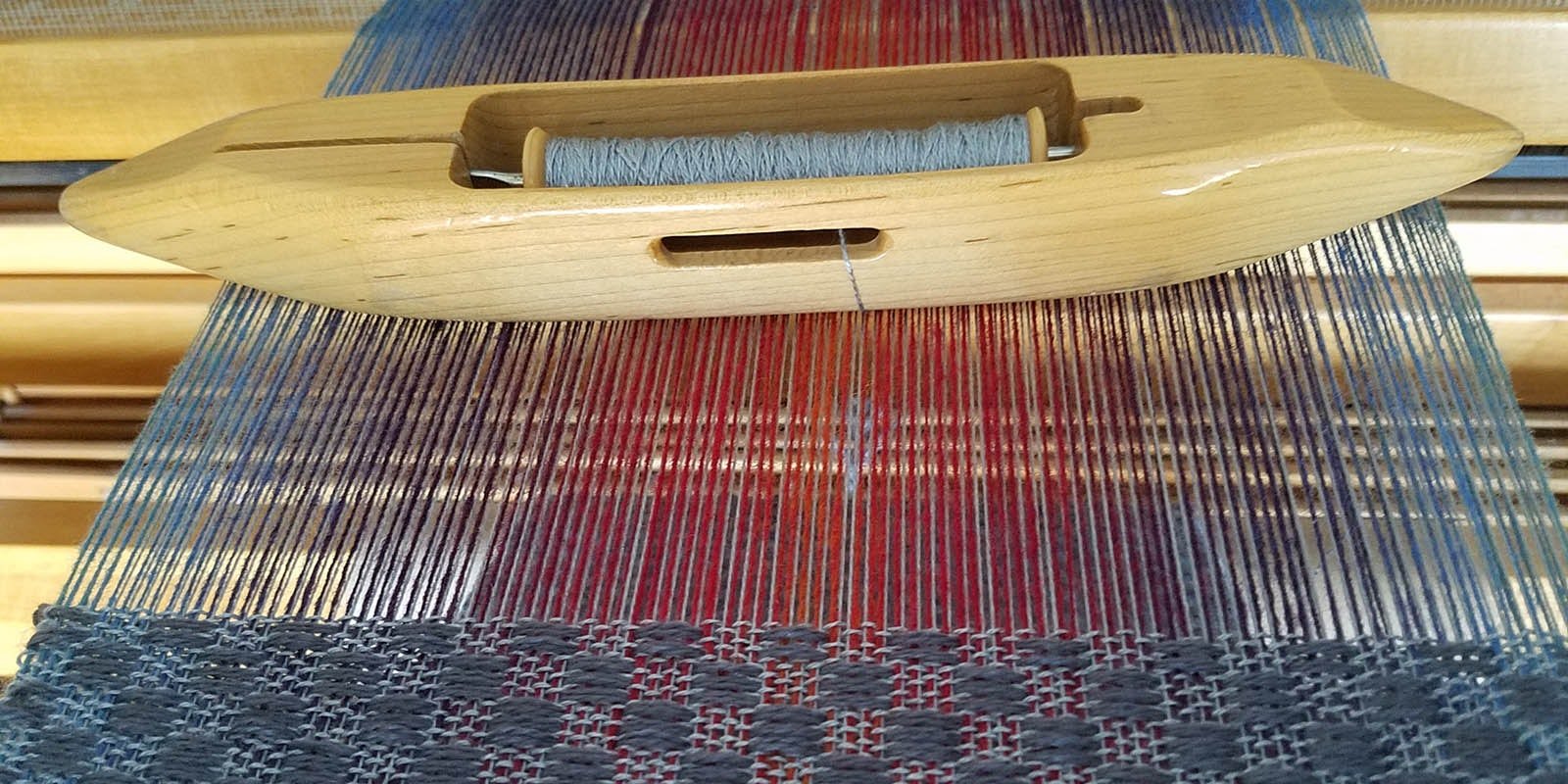Weaving has a long history that goes back tens of thousands of years. In that time while the basics of weaving have remained mostly the same, the technology we use has drastically changed. In his Notes from the Fell from the September/October 2017 issue ofHandwoven, Tom Knisely muses on these changes and what weavers in the past would think of our looms today. —Christina
The other day, I went with a friend to look for a new car and was reminded that nonweavers and nonspinners have a totally different list of needs and desires for their new cars. GPS navigation is normal these days and self-parking is a really cool feature. Heated seats are something I love on cold mornings in Pennsylvania—they also come in handy when keeping a cheesesteak sub hot on the way home from the pizza shop. If you are reading this article, I already have a pretty good idea who you are, and how you shop for a vehicle.
First you look through the window to see the interior, then you kick the tires, and decide if the color fits your personality. Now for the most important part and the reason you pulled into the dealership: you ask the salesperson to see the trunk. You know what I mean, don’t you? If your workshop loom doesn’t fit into the trunk, the deal is off.
Weavers from a century ago would no doubt marvel at Tom’s portable multi-shaft loom. PHOTO COURTESY OF TOM KNISELY
I stood back and watched my friend dig deep into the foreign territory of her purse and whip out a retractable tape measure. I laughed to myself and thought, “Who else but weavers and spinners would buy a vehicle this way?” Two hundred years ago, a weaver was content to keep the loom in a stationary spot that was warm and dry. Folding it up and wheeling the loom across the floor was unheard of. On the way home, I asked my friend if she remembered The Rocky and Bullwinkle Show on Saturday mornings. I especially loved Sherman and Mr. Peabody. Mr. Peabody would ask Sherman to set the WABAC machine to a year in history, and they would travel back in time. Wouldn’t it be fantastic to go back two hundred years and bring some weavers forward in time and show them what our looms look like today? They wouldn’t believe what they saw.
Think about it: a loom that sits on a table, another that can be folded and put in the corner until a later time, or how about plugging in your computer-driven loom as a means to weave cloth? Plug in? Computer? What’s electric? I believe these old weavers would be surprised to see what we are weaving, and the looms that we weave on. My first loom was an antique barn-frame loom, and even to this day, I have a special love for the massive looms used by our weaver ancestors. Often the footprint of these looms measures 6 feet square—try fitting that into your SUV.
—Tom
To read more of Tom’s musings make sure you check out the September/October 2017 issue of Handwoven!


